
МІНІСТЕРСТВО ОСВІТИ І НАУКИ, МОЛОДІ ТА СПОРТУ УКРАЇНИ
ХАРКІВСЬКА НАЦІОНАЛЬНА АКАДЕМІЯ
МІСЬКОГО ГОСПОДАРСТВА
Збірник текстів і завдань для практичної роботи з дисципліни «іноземна мова професійного спрямування» (англійська мова)
(для студентів 1-2 курсу денної форми навчання напряму
підготовки 6.030601 «Менеджмент»)
Харків – ХНАМГ – 2011
Збірник текстів і завдань для практичної роботи з дисципліни «Іноземна мова професійного спрямування» (англійська мова) (для студентів 1-2 курсу денної форми навчання напряму підготовки 6.030601 «Менеджмент») / Харк. нац. акад. міськ. госп-ва; уклад.: С. В. Кобяков, К. О. Міщенко. – Х.: ХНАМГ, 2011 – 47 с.
Укладачі: С. В. Кобяков, К. О. Міщенко
Збірник текстів і завдань призначений для організації практичної роботи студентів 1-2 згідно з затвердженою робочою програмою навчальної дисципліни «Іноземна мова професійного спрямування», укладеної відповідно освітно - кваліфікаційним вимогам до знань і вмінь студентів напряму підготовки «Менеджмент», які в майбутньому будуть працювати у сфері туризму та готельного господарства.
Рецензент: канд. філол. наук, доцент кафедри іноземних мов
Харківської національної академії міського господарства
О. Л. Ільєнко.
Рекомендовано кафедрою іноземних мов,
протокол № 1 від 30.08.2010 р.

Contents
Page
Introduction……………………………………………………………………….....4
Unit 1 Hotel………………………………………………………………………...5
Unit 2 Motel………………………………………………………………………..9
Unit 3 Hostel…………………………………………………………………….....14
Unit 4 Inns……………………………………………………………………….....17
Unit 5 Unusual Hotels……………………………………………………………...21
Unit 6 Love Hotels…………………………………………………………………27
Unit 7 A Bed & Breakfast………………………………………………………….31
Unit 8 Receptionist…………………………………………………………………37
Hotel Vocabulary…………………………………………………………………….41
References…………………………………………………………………………...45
Introduction
These educational materials are designed for the students of management the 1st and 2nd year of studies to develop their knowledge and skills in Business English according to their profession.
This manual is based on the authentic texts from different sources concerning managerial issues. It contains the tasks for reading and translation, vocabulary tasks and tasks for self – study. The manual consists of 8 units and is expected to be covered during practical classes.
Each unit contains:
an authentic text for reading and translation;
comprehension exercises;
key vocabulary according to the topic. All key words are taken from the basic text;
exercises for memorization and mastering key vocabulary.
The manual can be recommended both for using in class and for student’s self – study.
UNIT 1
Exercise 1. Read and translate the text:
HOTEL
A hotel is an establishment that provides paid lodging on a short-term basis. The provision of basic accomodation, in times past, consisting only of a room with a bed, a cupboard, a small table and a washstand has largely been replaced by rooms with modern facilities, including en-suite bathrooms and air conditioning or climate control. Additional common features found in hotel rooms are a telephone, an alarm clock, a television, a safe, a mini-bar with snack foods and drinks, and facilities for making tea and coffee. Luxury features include bathrobes and slippers, a pillow menu, twin-sink vanities, and jacuzzi bathtubs. Larger hotels may provide additional guest facilities such as a restaurant, swimming pool, fitness center, business center, childcare, conference facilities and social function services. Hotel rooms are usually numbered (or named in some smaller hotels and B&Bs) to allow guests to identify their room. Some hotels offer meals as part of a room and board arrangement. In the United Kingdom, a hotel is required by law to serve food and drinks to all guests within certain stated hours. In Japan, capsule hotels provide a minimized amount of room space and shared facilities.
The word hotel is derived from the French word hôtel (coming from hôte meaning host), which referred to a French version of a townhouse or any other building seeing frequent visitors, rather than a place offering accommodation. In contemporary French usage, hôtel now has the same meaning as the English term, and hôtel particulier is used for the old meaning. The French spelling, with the circumflex, was also used in English, but is now rare. Grammatically, hotels usually take the definite article - hence "The Astoria Hotel" or simply "The Astoria."
Some hotels have gained their renown through tradition, by hosting significant events or persons, such as Schloss Cecilienhof in Potsdam, Germany, which derives its fame from the Potsdam Conference of the World War II allies Winston Churchill, Harry Truman and Joseph Stalin in 1945. The Taj Mahal Palace & Tower in Mumbai is one of India's most famous and historic hotels because of its association with the Indian independence movement. Some establishments have given name to a particular meal or beverage, as is the case with the Waldorf Astoria in New York City, United States where the Waldorf Salad was first created or the Hotel Sacher in Vienna, Austria, home of the Sachertorte. Others have achieved fame by association with dishes or cocktails created on their premises, such as the Hotel de Paris where the crêpe Suzette was invented or the Raffles Hotel in Singapore, where the Singapore Sling cocktail was devised. A number of hotels have entered the public consciousness through popular culture, such as the Ritz Hotel in London, United Kingdom, through its association with Irving Berlin's song, 'Puttin' on the Ritz'. The Algonquin Hotel in New York City is famed as the meeting place of the literary group, the Algonquin Round Table, and Hotel Chelsea, also in New York City, has been the subject of a number of songs and the scene of the stabbing of Nancy Spungen (allegedly by her boyfriend Sid Vicious).
Exercise 2. Answer the following questions:
What is hotel?
What is the origin of the word «HOTEL»?
What are the main hotel facilities?
How can guests identify their hotel room?
How the hotel names are given?
What famous hotels are mentioned in the text?
Exercise 3. Match English words and expressions with their Russian equivalents:
1) to provide a) жилье
2) to host b) удобства
3) accomodation c) обеспечить
4) facilities d) принимать гостей
5) create e) учреждение
6) establishment f) черта
7) require g) договорённость
8) feature h) создавать
9) short-term i) требовать
10) arrangement j) краткосрочный
Exercise 4. Match hotel professions with their duties:
Profession |
Duties |
1. A bellhop, also bellboy or bellman |
a) …is an employee who lives on the premises of an apartment building or a hotel and serves guests with duties similar to those of a butler |
2. A concierge |
b)… is a person who works at night at the reception of a hotel. He typically handles both the duties of the front desk agent and some of the duties of the accounting department |
3. A receptionist |
c) …holds ultimate authority over the hotel operation and usually reports directly to a corporate office or hotel owner |
4. The General Manager |
d)… is a person who is paid to protect property, assets, or people. |
5. A night auditor |
e) … is a hotel porter, who helps patrons with their luggage while checking in or out. |
6. A security guard (or security officer) |
f)… is an employee taking an office/administrative support position. The work is usually performed in a waiting area such as a lobby or front office desk of an organization. |
Exercise 5. Read the dialogue between receptionist and the guest and fill it inn with suitable words and expressions from the table:
checking out; check out; a late check out; booked; comfortable; putting; cash; tax; checked in; extra; |
Receptionist: Hi there. Are you ……. … now?
Guest: Yes, sorry. I know we're a few minutes late.
Receptionist: That's no problem. It's always really busy at ….. … time anyway.
Guest: Oh, really. The last hotel we stayed in charged us for . …. ….. ….
Receptionist: The hotel isn't …… this week, so it's not a problem. How was everything?
Guest: The room was great. The beds were really ……….., and we weren't expecting our own fridge.
Receptionist: I'm glad you liked it.
Guest: The kids were disappointed that the pool wasn't open this morning, though.
Receptionist: I apologize for that. We can't get a cleaner in any earlier than 10 am.
Guest: Well we had a nice swim last night anyhow.
Receptionist: Will you be …….this on your credit card?
Guest: No. I'll pay …..
Receptionist: OK. So the total comes to $123.67, including ….
Guest: I thought it was $115 even. That's what they said yesterday when we ……. ...
Receptionist: Yes, but there is an ….. room charge on your bill.
Guest: Oh, I forgot. My husband ordered a plate of nachos. Sorry.
Receptionist: No problem. So...from $140, here's your change. Now, I'll just need to ask you for your room keys.
UNIT 2
Exercise 1. Read and translate the text:
MOTEL
A motel is a hotel designed for motorists, usually having direct access to an open parking area. Entering dictionaries after World War II, the word motel, a portmanteau of motor and hotel or motorists' hotel, referred initially to a type of hotel consisting of a single building of connected rooms whose doors faced a parking lot and, in some circumstances, a common area; or a series of small cabins with common parking. As the United States highway system began to develop in the 1920s, long distance road journeys became more common and the need for inexpensive, easily accessible overnight accommodation sited close to the main routes, led to the growth of the motel concept.
Auto camps predated motels by a few years. Unlike motels, auto camps and tourist courts typically provided bed and breakfast or hotel style service, usually with stand-alone cabins. After the invention of the motel, auto camps continued in popularity through the Depression years and after World War II, their popularity finally starting to diminish with the construction of freeways and changes in consumer demands. Examples include the Rising Sun Auto Camp in Glacier National Park and Blue Bonnet Court in Texas. Such facilities were "mom-and-pop" facilities on the outskirts of a town that were as quirky as their owners. They attracted the first "road warriors" as they crossed North America in their new automobiles. The 1935 City Directory for San Diego, CA lists "motel" type accommodations under Tourist Camps.
In contrast, though they remained "Mom and Pop" operations, motels quickly adopted a homogenized appearance and were designed from the start to cater purely for motorists. The motel concept originated with the Motel Inn of San Luis Obispo, constructed in 1925 by Arthur Heineman. In conceiving of a name for his hotel Heineman abbreviated motor hotel to mo-tel.
Motels are typically constructed in an 'I'- or 'L'- or 'U'-shaped layout that includes guest rooms, an attached manager's office, a small reception and, in some cases, a small diner. Post-war motels sought more visual distinction, often featuring eye-catching neon signs which employed themes from popular culture, ranging from Western imagery of cowboys and Indians to contemporary images of spaceships and atomic era iconography.
Motels differ from hotels in their common location along highways, as opposed to the urban cores favored by hotels, and their orientation to the outside (in contrast to hotels whose doors typically face an interior hallway). Motels almost by definition include a parking lot, while older hotels were not built with automobile parking in mind.
With the 1952 introduction of Kemmons Wilson's Holiday Inn, the mom-and-pop motels of that era went into decline. Eventually, the emergence of the interstate highway system, along with other factors, led to a blurring of the motel and the hotel, though family-owned motels with as few as five rooms may still be found, especially along older highways.
Motels have also served as a haven for fugitives of the law. In the past, the anonymity and the ability to move around easily between motels in different regions by dropping in and checking out with a simple registration process allowed fugitives to remain ahead of the law. However, several advances have reduced the capacity of motels to serve this purpose. Credit card transactions, which in the past were more easily approved and took days to report, are now approved or declined on the spot, and are instantly recorded in a database, thereby allowing law enforcement access to this information. This system was implemented in 1993 after the abduction and murder of Donna Martz, whose credit card was used by her killers, following her death to purchase food, gasoline and to pay for overnight motel stays. The story of Martz's disappearance, leading to the development of this system, was described on The FBI Files. Laws in many places now require registering guests to present a government-issued photo ID, especially when paying with cash. Local law enforcement agencies frequently check motels when they suspect a wanted individual may be staying in their jurisdiction.
Exercise 2. Answer the following questions:
What is «MOTEL»?
What kind of accommodation predated motels?
Who usually ran motels in the USA?
Who invented the word «motel»?
In what shapes were the motels usually built?
How Motels differ from hotels?
Who was Donna Martz and what was so special about her?
Exercise 3. Match English words and expressions with their Russian equivalents:
1) to purchase a) купить
2) circumstances b) наличные деньги
3) fugitive c)внутренний
4) inside d) автономный
5) to require e)беглец
6) cash f) выпущенное правительством
7) outside g)внешний
8) emergence h) появление
9) stand-alone i) обстоятельства
10) government-issued j) требовать
Exercise 4. Define, wether the following statements are true or false and count them at the end:
The emergence of the interstate highway system, along with other factors, led to a blurring of the motel and the hotel.
Post-war motels sought more visual distinction, often featuring eye-catching neon signs which employed themes from popular culture, ranging from western imagery of cowboys and Indians to contemporary images of spaceships and atomic era iconography.
Laws in many places now do not require registering guests to present a government-issued photo ID, especially when paying with cash. Local law enforcement agencies frequently check motels when they suspect a wanted individual may be staying in their jurisdiction.
Motels have also served as a haven for fugitives of the law. In the past, the anonymity and the ability to move around easily between motels in different regions by dropping in and checking out with a simple registration process allowed fugitives to remain ahead of the law.
Unlike motels, auto camps and tourist courts typically provided bed and breakfast or hotel style service, usually with stand-alone cabins.
The motel concept originated with the Motel Inn of San Luis Obispo, constructed in 1925 by Donna Martz. In conceiving of a name for his hotel Martz abbreviated motor hotel to mo-tel.
True |
False |
|
|
|
|
|
|
|
|
|
|
|
|
Exercise 5. Look at the picture and say, which facts given below prove the fact, that it is a motel?
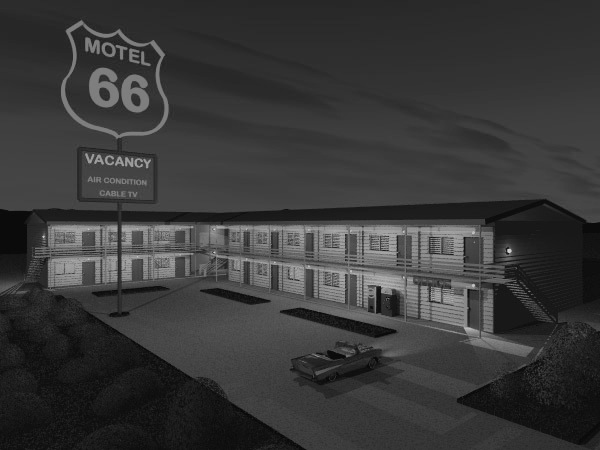
1. Eye-catching neon sign;
2. Number 66;
3. Signature «motel»;
4. L-shape of the building;
5. The car;
6. Windows, facing parking place;
7. The location of the building;
8. The type of the building;
9. Motel facilities mentioned.
Exercise 6. Look at the picture from ex.5 and describe it, using chosen facts, proving the fact, that it is a motel.
UNIT 3
Exercise 1: Read and translate the text
HOSTEL
Hostels provide budget oriented, sociable accommodation where guests can rent a bed, sometimes a bunk bed, in a dormitory and share a bathroom, lounge and sometimes a kitchen. Rooms can be mixed or single-sex, although private rooms may also be available. Hostels are generally cheaper for both the operator and the occupants; many hostels have long-term residents whom they employ as desk clerks or housekeeping staff in exchange for free accommodation.
In a few countries, such as the UK, Ireland, India, and Australia, the word hostel sometimes also refers to establishments providing longer-term accommodation (often to specific classes of clientèle such as nurses, students, drug addicts, court defendants on bail) where the hostels are sometimes run by Housing Associations and charities. In the rest of the world, the word hostel refers only to properties offering accommodation to travellers or backpackers.
Within the 'traveller' category, another distinction can be drawn between hostels which are members of Hostelling International (HI), a UK-based, non-profit organization encouraging outdoor activities and cultural exchange for the young, and independently operated hostels. Hostels for travellers are sometimes called backpackers' hostels, particularly in Australia and New Zealand (often abbreviated to just "backpackers").
Differences from hotels
There are several differences between hostels and hotels, including:
Hostels tend to be budget-oriented; rates are considerably lower, and many hostels have programs to share books, DVDs and other items.
For those who prefer an informal environment, hostels do not usually have the same level of formality as hotels.
For those who prefer to socialize with their fellow guests, hostels usually have more common areas and opportunities to socialize. The dormitory aspect of hostels also increases the social factor.
Hotels usually don't have hammocks. If they do, they usually charge an hourly rate. Hostels, however, allow unlimited use of hammocks (within reason).
There is less privacy in a hostel than in a hotel. Sharing sleeping accommodation in a dormitory is very different from staying in a private room in a hotel or Bed & Breakfast, and might not be comfortable for those requiring more privacy. The lessened privacy is also an advantage in some ways, because it encourages more social interaction between guests.
Theft can be a problem, since guests may share a common living space, but this can be avoided by securing guests' belongings. Most hostels offer some sort of system for safely storing valuables, and an increasing number of hostels offer private lockers.
Noise can make sleeping difficult on occasions, whether from snoring, sexual activity, someone either returning late or leaving early or the close proximity of so many people. This can be solved by carrying earplugs.
Exercise 2. Answer the following questions:
What is hostel?
What kinds of people usually live in hostels?
What is the difference between hotels and hostels?
What are the advantages of hostels?
What are the disadvantages of hostels?
What is Hostelling International?
What kind of rooms are there in hostels?
How the hostels in Australia and New Zealand are called?
Who are backpackers?
Exercise 3. Match English words and expressions with their Russian equivalents:
1) advantage a) кража
2) disadvantage b) различие
3) hammock c) приватность
4) distinction d) гамак
5) drug addicts e) Наркозависимые люди
6) rate f) Преимущество
7) unlimited g) беруши
8) earplugs h) оплата
9) privacy i) неограниченный
10) Theft j) недостаток
Exercise 4. Have a look at the picture below and try to summarize all the information, you found out about hostels:
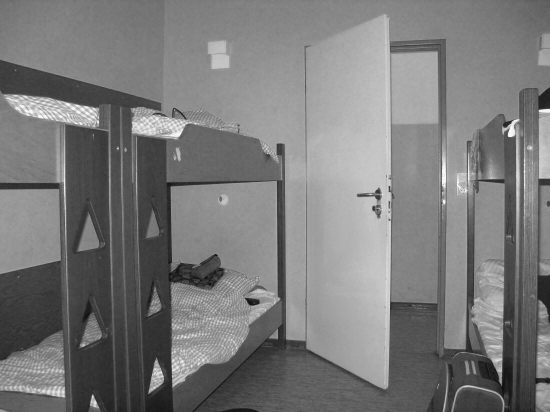
Exercise 5. Using the picture from exercise 4 define, whether the following statements are true or false:
1. It is a hotel;
2. It is a single room;
3. It is a 5star accommodation for very rich people;
4. There are bunk beds in the room;
5. In this room there is a lot of privacy;
6. The room has more disadvantages than advantages;
7. Not many people live in this room;
8. The room is very cheap;
9. It is a canteen;
UNIT 4
Exercise 1: Read and translate the text
INNS
Inns are generally establishments or buildings where travellers can seek lodging and, usually, food and drink. They are typically located in the country or along a highway. Found in Europe, they possibly first sprang up when the Romans built their system of Roman roads two millennia ago. Some inns in Europe are several centuries old. In addition to providing for the needs of travellers, inns traditionally acted as community gathering places.
The original functions of an inn are now usually split among separate establishments, such as hotels, lodges, and motels, all of which might provide the traditional functions of an inn but which focus more on lodging customers than on other services; public houses, which are primarily alcohol-serving establishments; and restaurants and taverns, which serve food and drink. (Hotels often contain restaurants and also often serve complimentary breakfast and meals, thus providing all of the functions of traditional inns.) In North America, the lodging aspect of the word "inn" lives on in hotel brand names like Holiday Inn, and in some state laws that refer to lodging operators as innkeepers.
The German words for "innkeeper", and "innkeeping" illustrate the historical importance of inns. An innkeeper is a Wirt, and innkeeping is Wirtschaft. This last word, Wirtschaft, has extended its meaning beyond the management of an inn and is now the German term for management in general and economy; the latter usage may have derived by analogy, as the word "economy" itself comes from the Greek word "oikonomia" for household management (from oikos, "house," and nemein, "to manage").
Inns were usually built in the middle of 2 cities if distance between them is too long. These structures which were built out of city contained large amount of water (for both drink and use). They also contained café and food and bait supplies. Inns were places, were both people and their animals could take a break and spend the night .
The Inns of Court in London were originally ordinary inns where barristers met to do business, but have become institutions of the legal profession in England and Wales.
Traditional English ale was made solely from fermented malt. The practice of adding hops to produce beer was introduced from the Netherlands in the early 15th century. Alehouses would each brew their own distinctive ale, but independent breweries began to appear in the late 17th century. By the end of the century almost all beer was brewed by commercial breweries.
The 18th century saw a huge growth in the number of drinking establishments, primarily due to the introduction of gin. Gin was brought to England by the Dutch after the Glorious Revolution of 1688 and started to become very popular after the government created a market for grain that was unfit to be used in brewing by allowing unlicensed gin production, whilst imposing a heavy duty on all imported spirits. As thousands of gin-shops sprang up all over England, brewers fought back by increasing the number of alehouses. By 1740 the production of gin had increased to six times that of beer and because of its cheapness it became popular with the poor, leading to the so-called Gin Craze. Over half of the 15,000 drinking establishments in London were gin-shops.
Exercise 2. Answer the following questions:
What are inns?
Where were inns located?
What kind of modern accommodation was predated by inns?
What is the original function of inns?
What is the origin of the word inn?
Where were inns usually built?
What were inns made for?
Exercise 3. Match English words and expressions with their Russian equivalents:
1) spirits a) Алкоголь
2) customer b) безумие
3) huge c) огромный
4) production d) пивоварение
5) household e) производство
6) legal f) законный
7) Illegal g) домашнее хозяйство
8) brewing h) клиент
9) Craze i) незаконный
Exercise 4. Look at the pictures below, and try to guess what is drawn, and find the sentences from the text, where these are mentioned:
1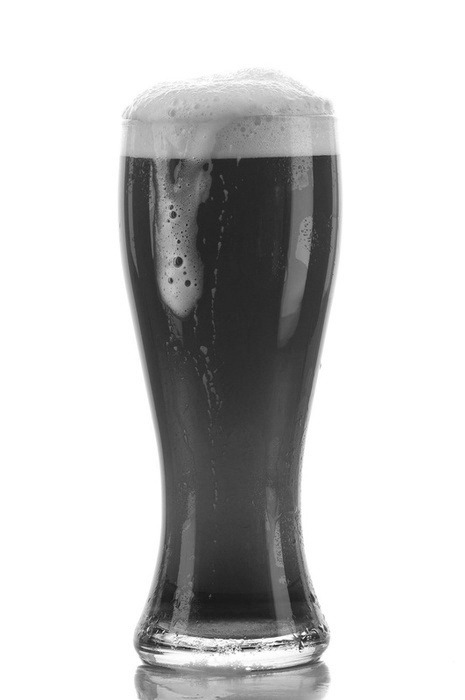 .
.
a) English ale;
b) water for horses;
c) coffee;
d) black glass.
2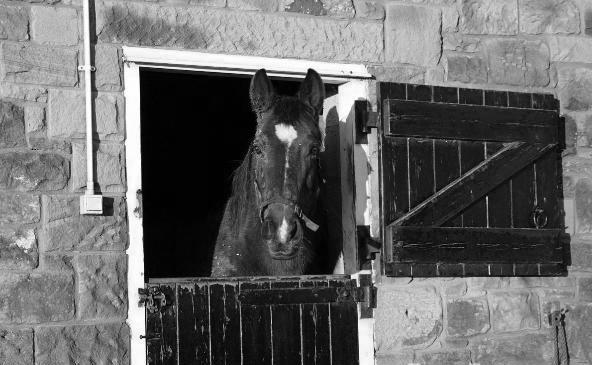 .
.
a) Horse stable;
b) hotel room;
c) hostel room;
d) motel room.
3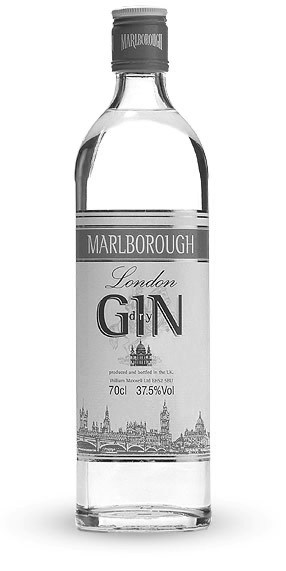 .
.
a) Whiskey;
b) Gin;
c) Vodka;
d) Beer.
4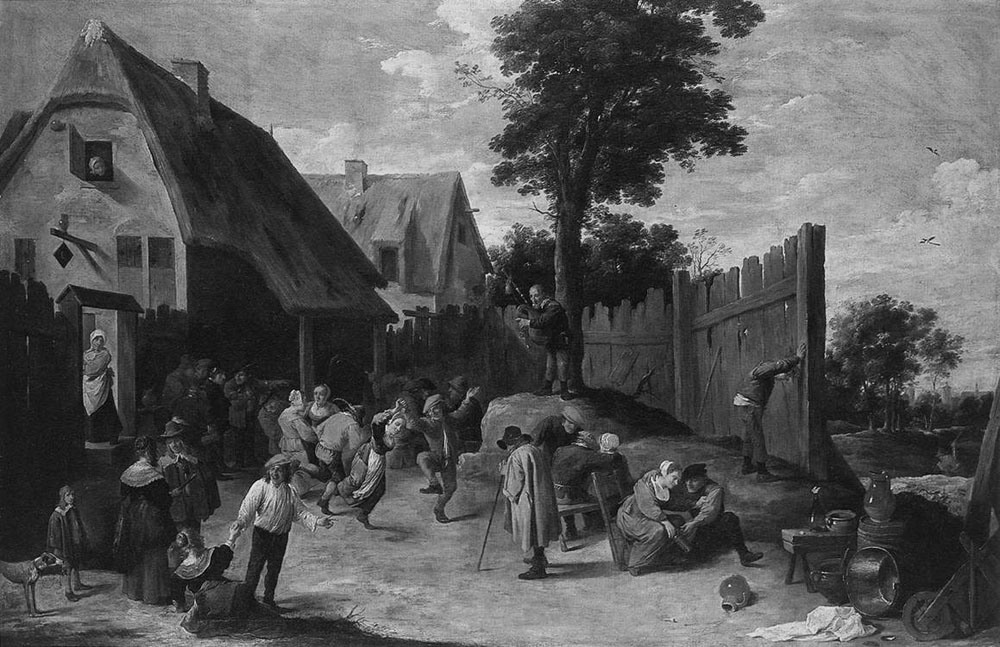 .
.
a) Hotel;
b) Inn-community gathering place;
c) Hostel;
d) Motel;
UNIT 5
Exercise 1. Read and translate the text:
UNUSUAL HOTELS
Treehouse hotels
Some hotels are built with living trees as structural elements, for example the Costa Rica Tree House in the Gandoca-Manzanillo Wildlife Refuge, Costa Rica; the Treetops Hotel in Aberdare National Park, Kenya; the Ariau Towers near Manaus, Brazil, on the Rio Negro in the Amazon; and Bayram's Tree Houses in Olympos, Turkey.
Cave hotels
Desert Cave Hotel in Coober Pedy, South Australia and the Cuevas Pedro Antonio de Alarcón (named after the author) in Guadix, Spain, as well as several hotels in Cappadocia, Turkey, are notable for being built into natural cave formations, some with rooms underground.
Capsule hotels
Capsule hotels are a type of economical hotel that are found in Japan, where people sleep in stacks of rectangular containers.
